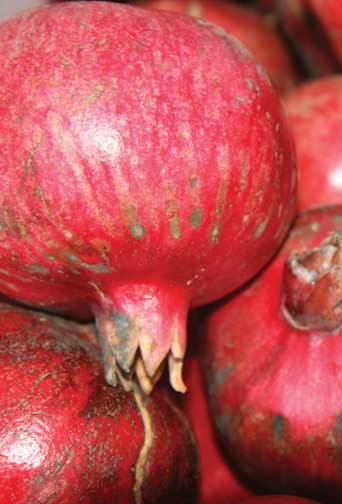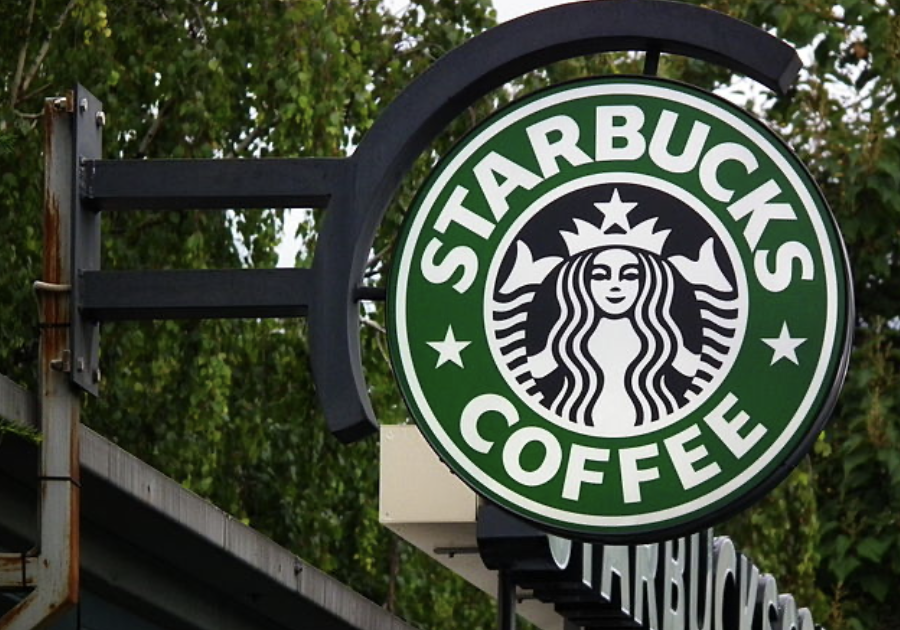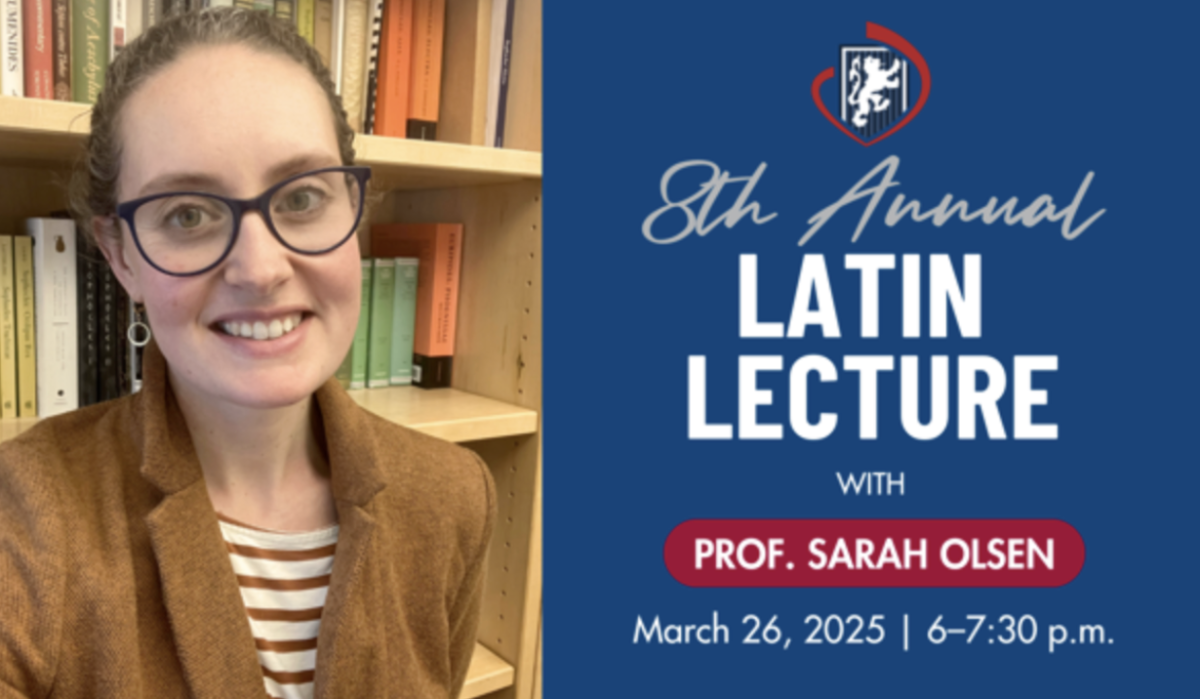Zoë Newcomb and Sara Kloepfer
The smell of hot bread and freshly cut persimmons wafts through the stalls at the Kaiser Permanente farmers market on a Wednesday morning. Kay Johnston meanders from booth to booth, chatting with the farmers as she loads bright orange carrots and crisp lettuce into her canvas shopping bag.
“I think the food is fresher, it tastes better,” Johnston said. “I try to buy all my produce from farmers markets.”
Certified Markets
Farmers markets like this one are part of the Pacific Coast Farmers Market Association (PCFMA), a non-profit that operates all Certified Farmers Markets in the Bay Area. This means all producers at the market are certified, and all produce is California-grown.
“California is unique in the U.S. because we have a designated program set aside for smaller farmers,” Dmitrius Spartos, manager of Kaiser Permanente Farmers Market, said. “Farmers markets are technically an experiment that the state of California started back in the ’70s so that we have this additional forum to buy food that also allows small farmers to make a living.”
Organic Regulations
The Agriculture and Land-Based Training Association (ALBA), which Spartos describes as an “amazing, revolutionary program,” works to create opportunities for small farms with limited resources while advocating sustainable and local farming. Small farms are at a disadvantage because they have to compete with corporate farms and wholesale retailers.
“Farmers markets are different than going to a grocery store, which imports food from bigger farms doing standard pack,” Spartos said. “Standard pack regulates how food is coming from a farm for a store to pack. Standard pack
requires lots of work and lots of money, so if you’re a smaller farm it’s harder to compete so that’s why farmers markets are important.”
Brenda Madrigal, a seller for Terry Farm in Denair, CA, drove for two hours that morning to sell her freshly picked fruit at the farmers market.
“We grow the fruit, pick it, pack it in boxes, load it in cars, drive up here and sell them,” Madrigal says as she passes out slices of bright orange persimmons to customers. “You are letting customers know what you grow. It’s a better way of distributing.”
Economic Fragility
Terry Farms, which sells mainly stone fruit, depends on the weather.
“If it rains when cherries are out and they crack, you lose the crop,” Madrigal said.
The economic fragility of the small farms that sell at farmers markets cannot match large-scale grocers that draw from major farms hundreds or even thousands of miles away. Even so, many people turn to farmers markets because produce is fresh picked and local, rather than frozen and shipped from long distances away.
“My family buys fruits and vegetables from the farmers market every Sunday morning, there is one three blocks away from my house,” senior Elizabeth Leighton said. “We like supporting the locals, and they offer unique, delicious food that the grocery store does not have. All the food is organic which makes it even better.”
Sustainable Food
The words organic and sustainable are often used interchangeably, and inaccurately, to describe products sold at farmers markets.
“Just because it says it’s organic doesn’t mean it’s a sustainably produced product,” Spartos said. “A big difference between this farmers market and Safeway down the street is that here the food is brought in from an average of 90 miles away, while the American average for what it takes to get food to a home is 1500 miles.”

Standards for growing organic food are set by the United States Department of Agriculture (USDA) through the National Organic Program, and the California Certified Organic Farmers (CCOF) provides certification to farms, processors, restaurants and retailers dealing with the over 1300 types of organic products within the state.
Certified programs “emphasize the use of renewable resources and the conservation of soil and water to enhance environmental quality for future generations.” Standards specify that products must be grown or raised without the use of conventional pesticides, fertilizers using synthetic ingredients, bioengineering, radiation, antibiotics or growth hormones.
“A lot of nutritionists argue that it makes nutrients more bio-available,” Spartos said. “The apples, the persimmons, especially those greens were picked yesterday maybe, today, this morning, and now they’re on a table to be sold. An apple is picked when it’s ripe rather than before so it ripens along the way as it travels or it is sprayed with a ripening chemical.”
Community
Nancy Nunez is a seller for Nunez Ortega Farms, a 10-acre family-run farm in Watsonville with 12 workers. The farm, which specializes in swiss chard, artichoke, broccoli and cauliflower, sends six of its workers to various farmers markets around the Bay Area. Nunez said she has developed relationships with the shoppers who frequent her stall and sellers from other farms.
“In addition to being great sources of farm-fresh fruits and vegetables, farmers’ markets are also community gathering places — places where neighbors can stroll, chat with one another, pick up some fresh fruits and vegetables, and feel connected to their community,” according to PCFMA.
Spartos surveys the lively scene outside Kaiser as shoppers and even patients stroll around the market and a streetside musician plays his acoustic melodies and hands out flyers to passerby.
“It’s a different experience,” Spartos said. “We are pretty lucky in California.”





















